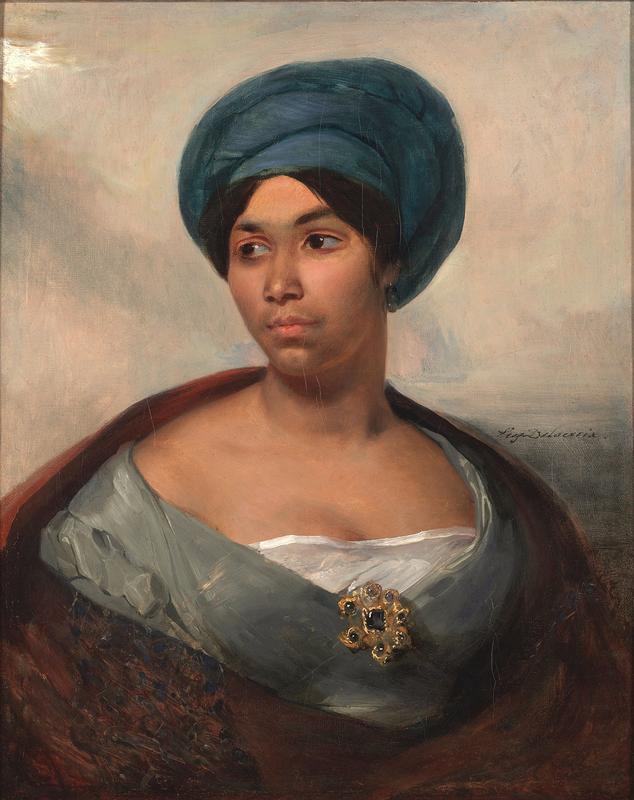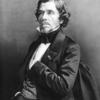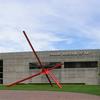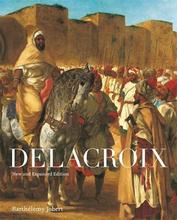More about Portrait of a Woman in a Blue Turban
- All
- Info
- Shop

Contributor
Despite what the garb suggests, this woman is not an native Arab.
The turban, dress, and necklace are all most likely props, courtesy of Eugene Delacroix. This is not the first time a turban has been worn in a painting, but it is one of the first to have a non-white person of possible Arab or African descent as its subject in a fairly realistic and flattering manner.
The European realms always had a fascination with the Arab and Asian cultures to the east of them, but not seen not seen much of them apart from the occasional skirmish or through articles of art acquired through trade. When Napoleon occupied Egypt between 1798 and 1801, they were encouraged to not just learn of these cultures via books and print, but actually experience them firsthand.
Delacroix set his eyes on Morocco and traveled there in 1832. The Romantic ideal that glorified nature and "purity" was superimposed onto the Moroccans he lived amongst for a time, and he believed that “their ignorance produces their calm and their happiness.” It left such an effect on him that his obsession with the Arab world bled into his other works. Long story short, Delacroix developed such a serious fetish for Eastern cultures that it's a wonder he didn't end up staying there for life, wearing loose clothes and smoking out of a hookah like a caricature out of an old Looney Tunes short.
The painting was donated by the Eugene and Margaret McDermott Art Fund in honor of Patricia McBride, a ballerina most known for her performances with the New York Ballet, where she danced for thirty years. She retired in 1989. The proprietor of the fund, Eugene McDermott, was one of the co-founders of Geophysical Service, Inc, which did oil surveying under government contract. That company eventually became Texas Instruments, the company responsible for the scientific calculators you secretly downloaded Tetris and Snake onto waste time in AP Physics.
Sources
- Delacroix, Eugène, Hubert Wellington, and Lucy Norton. The Journal of Eugene Delacroix: A Selection. London: Phaidon Press, 2010.
- "Eugene B. McDermott, 74, Dies; A Founder of Texas Instruments." The New York Times. August 26, 1973. Accessed December 27, 2018. https://www.nytimes.com/1973/08/26/archives/eugene-b-mcdermott-74-dies-….
- "Orientalism in Nineteenth-Century Art." Metmuseum.org. Accessed October 11, 2018. https://www.metmuseum.org/toah/hd/euor/hd_euor.htm.
- "Portrait of a Woman in a Blue Turban." DMA Collection Online. Accessed October 11, 2018. https://collections.dma.org/artwork/5326783.
- The Editors of Encyclopaedia Britannica. "Patricia McBride." Encyclopædia Britannica. August 19, 2018. Accessed December 27, 2018. https://www.britannica.com/biography/Patricia-McBride.












